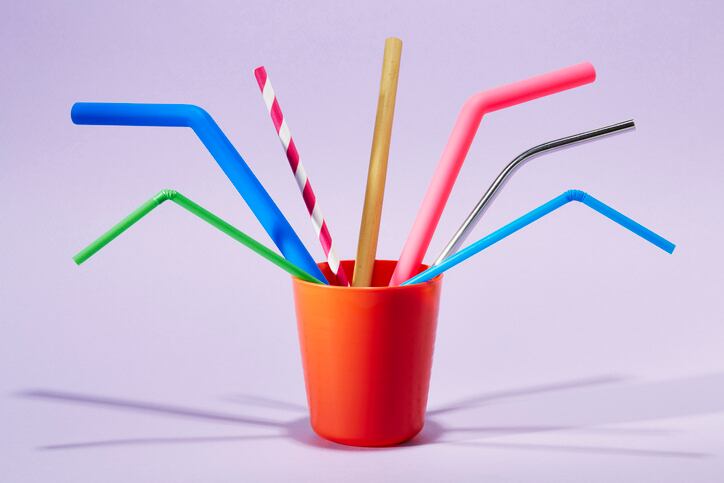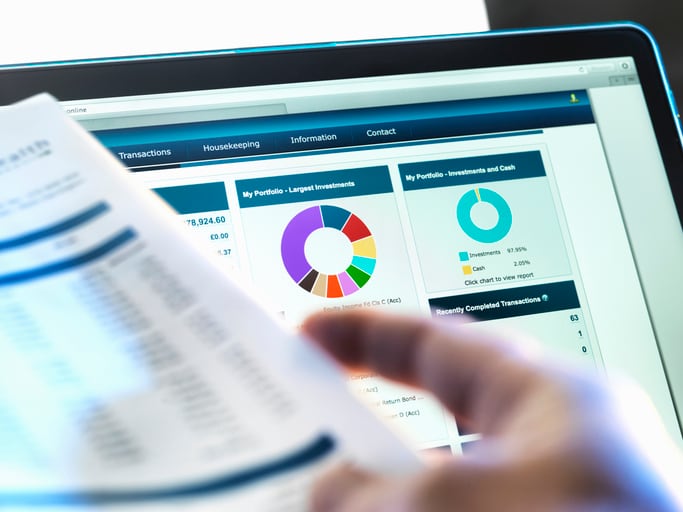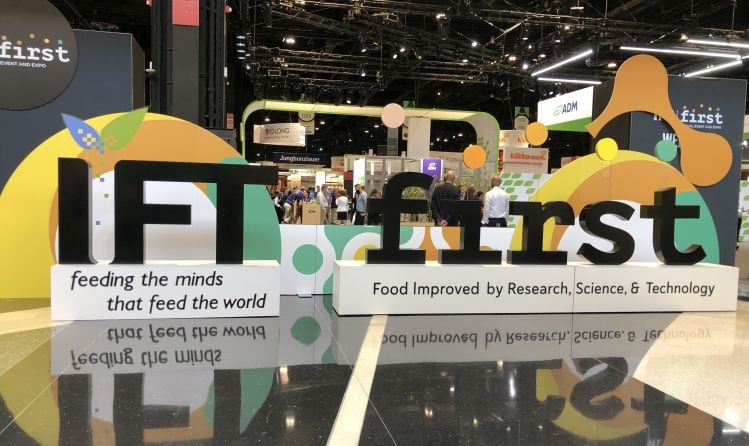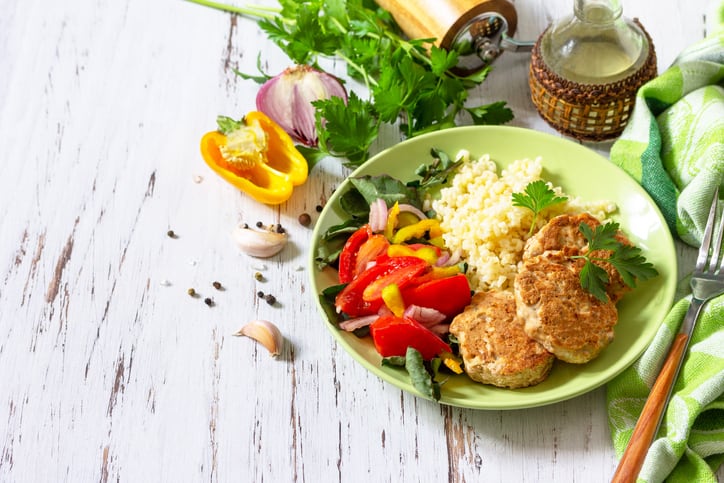From hard seltzer, sparkling water, sparkling teas and sparkling juice to flat water with “benefits” to functional coffee that offers more than a boost of energy, “we see every kind of beverage being merged with every other kind of beverage” as companies innovate to meet consumer interest in hybrid drinks, Lynn Dornblaser, director of innovations & insights at Mintel, told attendees at IFT’s annual FIRST conference in Chicago last month.
Pointing to data from a Lightspeed and Mintel online survey of nearly 2,000 adults, Dornblaser said the most popular hybrid or fusion drinks that consumers are interested in are functional water (noted by 34% of respondents) and functional tea (30%), followed by sparkling juice (29%), sparkling fruit water (also 29%) and a fruit water-tea blend (28%).
While demand is highly fragmented, she added, “companies have done a really good job delivering.”
These include True North, which Dornblaser held out as an example of an energy drink combined with sparkling water, which is a “classic example of beverage blurring.” But, she added, what particularly stands out about this beverage are the front of pack claims for Zero everything – zero artificial flavors, colors, sugar, sweeteners and calories – underscoring that consumer are just as interested as what is not in better-for-you beverages as what is added.
“What is also really smart about this particular combination is … you’re getting something that you’re already looking for from sparkling water – hydration, refreshment – and then you’re getting this extra boost. So, you’re just making you water do a little bit more for you in a way that doesn’t feel maybe quite as risky or jittery,” added Melanie Zanoza Bartelme, associate director of food and drink at Mintel.
Another example is a slew of new better-for-you sodas that offer the decadence and bold flavors of a category that many consumers consider a treat but with health benefits that can justify daily indulgence.
Among players in this space is Health-Ade Pop, which Bartelme explained lends kombucha’s health credentials from prebiotics to a more familiar and accessible category for mainstream shoppers.
“We’ve seen people become interested in gut health and really fueling the microbiome,” which kombucha is well known for delivering, but which “may be a little intimidating” to some consumers, she said. But by choosing a familiar flavor of lemon-lime the beverage feels a bit safer and looks tasty – helping to drive trial, she said.
“To me, as a non-kombucha drinker and someone who … would run screaming from something called kombucha, I might actually taste something that is positioned as a soda that has the benefits of kombucha,” added Dornblaser.
Bartelme agreed, adding hybrid beverages can take something that is polarizing simply because of its name and legacy and transform it into something that is much more accessible and interesting to more consumers.
Flavor doubles as a bridge to the unfamiliar and a jumping off point for the unknown
As illustrated by Health-Ade, familiar flavor plays a central role in bringing together different beverage categories and bridging the gap into new territory for consumers. But flavor can also drive beverage sales by offering novel experiences – which is particularly appealing to Millennials, according to Mintel data.
Nearly a third of Millennials say they go out of their way to try new flavors as do about a quarter of Gen Zers, whereas Gen X, baby boomers and the World War II generations are much less likely to do so at 21%, 9% and 2% respectively, according to Mintel data.
Taking younger consumers at their word, The Coca-Cola Co. created two novel flavors that were designed to tickle shoppers imagination as much as their taste buds. Coca-Cola’s Startlight and Byte flavors were ambiguously named to spur curiosity and allow shoppers to determine what the flavor is.
Likewise, Reign’s Reignbow Sherbet flavored energy drink was equally ambiguous but it tapped into a sense of nostalgia that triggered shoppers’ curiosity, helping to drive sales.




